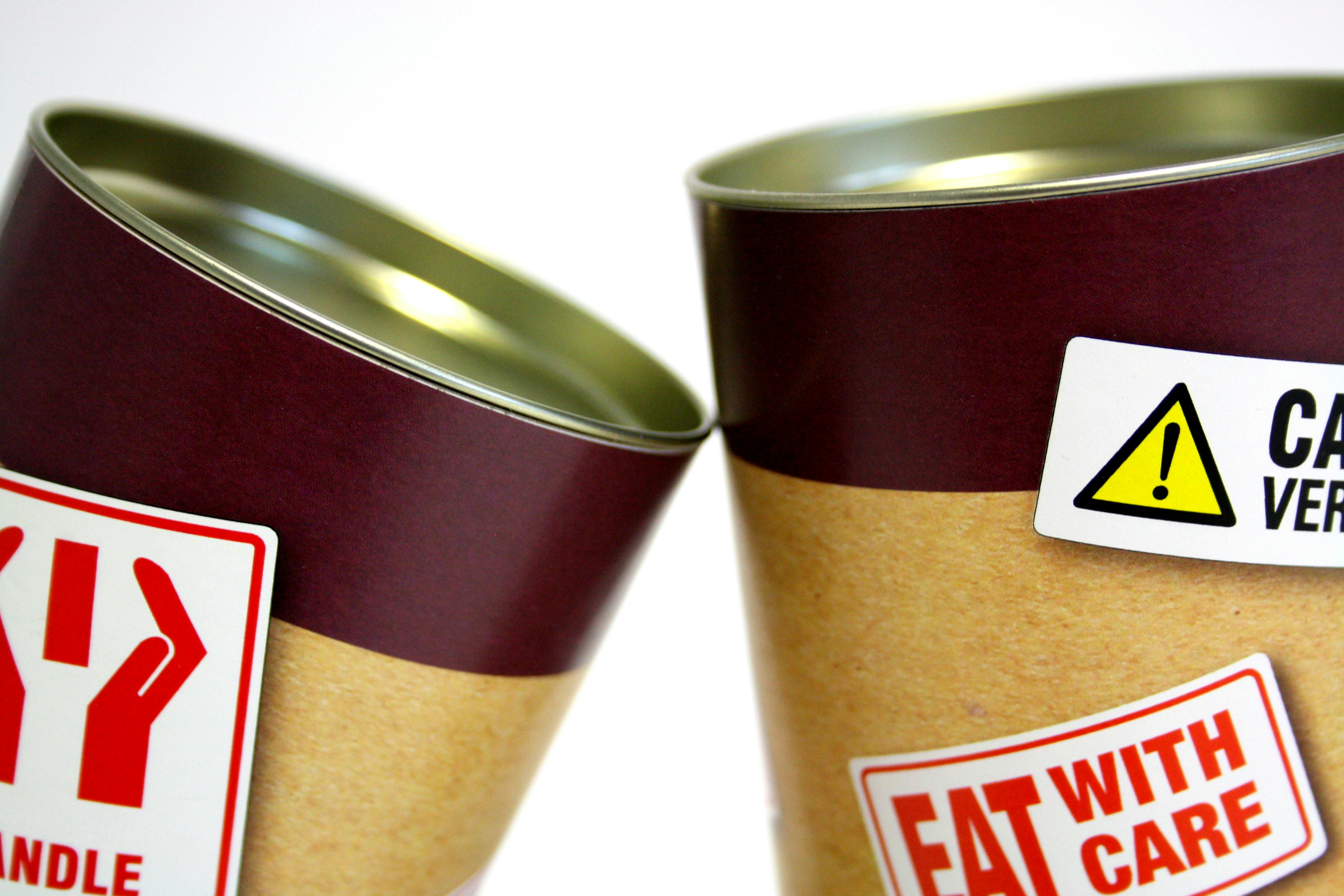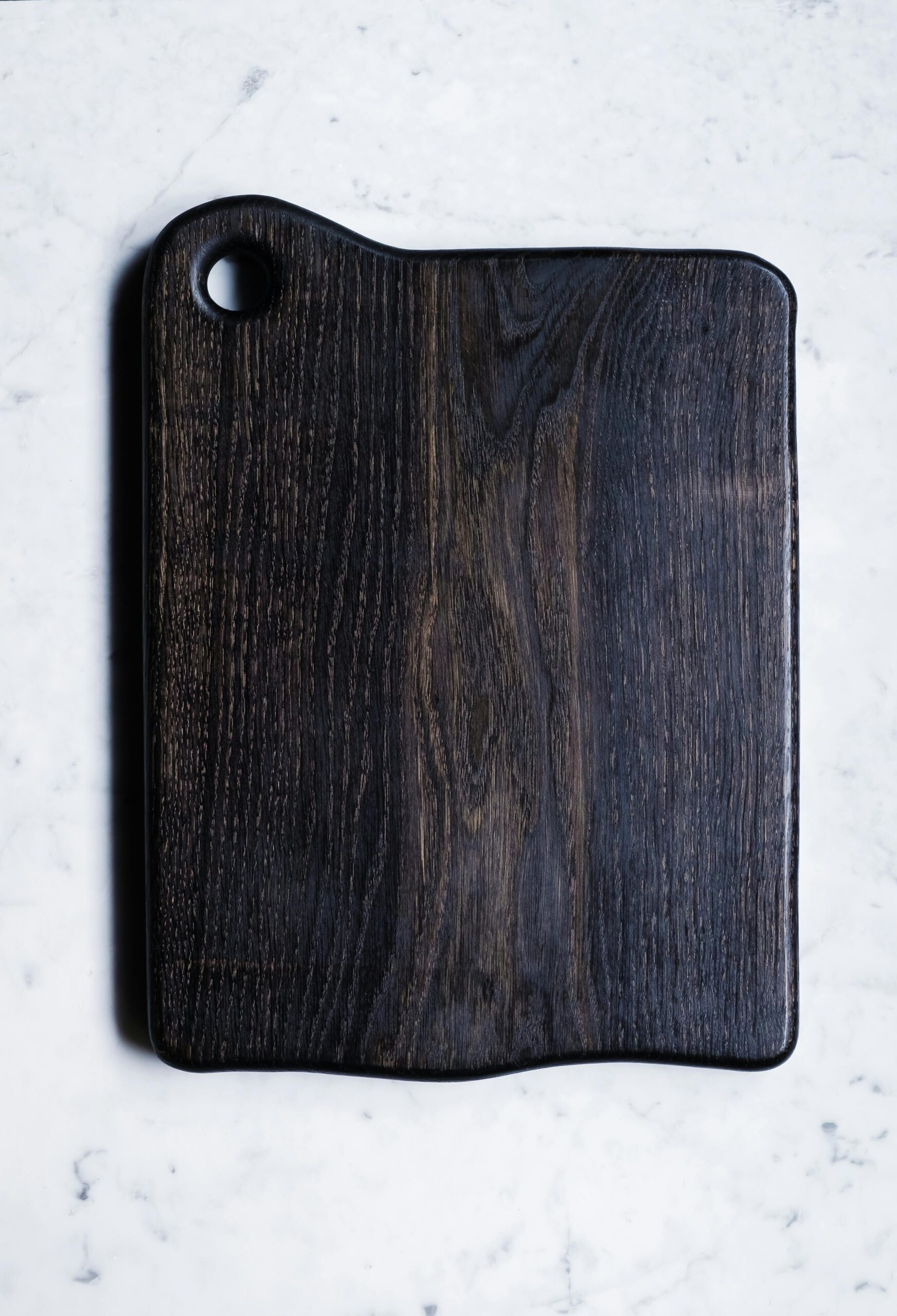When Can I Eat Solid Food After Bone Graft Surgery?
Recovering from a dental bone graft can be challenging, especially when it comes to resuming your normal eating habits. Many patients ask, “when can I eat solid food after bone graft?” Understanding the healing process and dietary progression is essential for a successful recovery. In this comprehensive guide, we’ll explore everything you need to know—from healing stages to solid food timelines—ensuring your recovery is smooth and complication-free.

Understanding the Fundamentals
A bone graft is a surgical procedure often used in preparation for dental implants or to repair jawbone loss. The procedure involves placing bone material where it’s needed to regenerate new bone growth. Understanding its function is the first step toward a safe dietary transition post-surgery.
During healing, it’s crucial to protect the graft site. Hard or crunchy foods can dislodge the material, delay healing, or even cause failure. Hence, understanding why certain foods must be avoided early on is essential to your recovery journey.
1.1 What Is a Dental Bone Graft?
A dental bone graft supplements existing bone in the jaw where there’s been deterioration or loss. This is common in individuals who have experienced gum disease, trauma, or tooth loss. The procedure sets the foundation for dental implants or improved oral health.
For example, studies show that patients with pre-graft bone loss have a 90% higher success rate for implants after a successful graft. The bone material may be synthetic, autogenous (from your own body), or allogenic (from a donor).
1.2 Importance of Post-Operative Nutrition
Compared to other surgeries, oral procedures like bone grafting require strict dietary measures because the mouth is in constant use. Chewing can disturb the site, leading to pain or failure of the graft.
Eating soft, nutrient-rich foods supports healing. A lack of proper nutrition can delay recovery, cause infection, or increase discomfort.
Practical Implementation Guide
Once your procedure is complete, what you eat plays a huge role in your outcome. Knowing when to transition from soft to solid food is critical. Typically, patients can begin considering solid foods 3–4 weeks post-op, depending on healing progression and the dentist’s recommendation.

2.1 Actionable Steps
- Days 1–3: Consume only cold liquids and soft foods like smoothies, broths, and protein shakes.
- Days 4–14: Introduce warm (not hot) soft foods such as mashed potatoes, oatmeal, scrambled eggs, and yogurt.
- Week 3–4: Begin integrating slightly firmer foods like pasta, soft bread, and cooked vegetables. Still avoid chewing near the graft site.
- After Week 4: With your dentist’s approval, gradually reintroduce solid foods like meats and crunchy vegetables.
2.2 Overcoming Challenges
Recovery isn’t always linear. Common issues include:
- Swelling or pain: Stick to soft, cold foods and apply ice packs as needed.
- Bleeding: Avoid spicy or acidic foods which can aggravate the area.
- Dislodged graft: Never use straws or consume hard foods early on.
If you experience persistent pain or signs of infection, contact your oral surgeon immediately. Expert tip: chew on the opposite side of your mouth until fully healed.
Advanced Applications
As you progress through your recovery, you may begin implementing advanced dietary strategies that support bone health and promote optimal graft integration. These methods are generally suitable after the first month of recovery, once your surgeon confirms healing milestones.

3.1 Bone-Strengthening Diet
After reintroducing solid foods, aim to include calcium-rich foods like leafy greens, almonds, and dairy. Vitamin D sources, such as fortified cereals or sunlight exposure, also help bone formation.
Incorporating protein-rich meals helps accelerate tissue repair. Case studies show that patients who maintain high-protein diets heal up to 30% faster post-operatively.
3.2 Integrative Nutritional Support
Many patients combine supplements with whole foods to boost recovery. Omega-3 fatty acids, found in fish and flaxseed, can reduce inflammation. Collagen supplements may also assist with tissue regeneration.
Ensure these supplements are approved by your healthcare provider and do not interfere with medications.
Future Outlook
Looking ahead, new technologies like bone scaffolding and 3D-printed graft materials will likely revolutionize recovery timelines and increase success rates. These methods may allow for faster returns to normal diets.
Patients can prepare by staying informed and asking their dental professionals about upcoming options that may enhance their outcomes.
Conclusion
To summarize, here are the three key takeaways:
- Wait at least 3–4 weeks post-surgery before attempting solid foods.
- Support healing through nutrient-dense soft foods and hydration.
- Always follow your oral surgeon’s specific recommendations.
Understanding when you can eat solid food after a bone graft is critical to successful healing. Stick to a strategic nutrition plan, be patient with your progress, and you’ll recover safely. Ready to take charge of your post-op care? Start with a custom meal plan from your dental provider.
Frequently Asked Questions
- Q: What should I eat right after a bone graft? Stick to cold liquids and soft foods such as smoothies, applesauce, and broths for the first few days.
- Q: When can I begin eating solid foods again? Usually after 3–4 weeks, with dentist approval and no complications.
- Q: How long does recovery take? Full recovery may take 3–6 months depending on the type of graft and individual health factors.
- Q: Is this procedure expensive? Bone grafting can cost anywhere from $300 to $3,000 depending on the type and complexity.
- Q: How does this compare to other oral surgeries? Bone graft recovery is longer than simple extractions, but shorter than full implant recovery.
- Q: Is bone graft surgery difficult to recover from? With the right care and diet, recovery is manageable and relatively comfortable.
- Q: Can this procedure help patients with dentures? Yes, bone grafts can stabilize the jawbone for better denture fitting and comfort.
